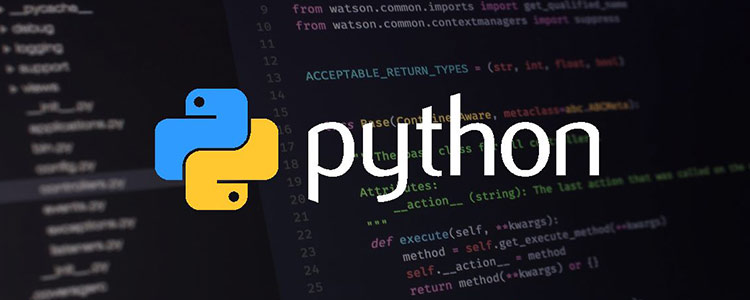所属分类:php教程

程序员必备接口测试调试工具:立即使用
Apipost = Postman + Swagger + Mock + Jmeter
Api设计、调试、文档、自动化测试工具
后端、前端、测试,同时在线协作,内容实时同步
1、前言
临时文件通常用来保存无法保存在内存中的数据,或者传递给必须从文件读取的外部程序。一般我们会在/tmp目录下生成唯一的文件名,但是安全的创建临时文件并不是那么简单,需要遵守许多规则。永远不要自己去尝试做这件事,而是要借助库函数实现。而且也要小心清理临时文件。
临时文件引起的最大问题就是,可以预测文件名,导致恶意用户可以预测临时文件名,从而创建软链接劫持临时文件。
相关免费学习推荐:python视频教程
2、tempfile模块介绍
创建临时文件一般使用的模块就是tempfile,此模块库函数常用的有以下几个:
3、示例介绍
以下几种方式分别介绍了安全的创建临时文件及不安全的方式。
3.1 不正确示例:
不正确1:
import os
import tempfile
# This will most certainly put you at risk
tmp = os.path.join(tempfile.gettempdir(), filename)
if not os.path.exists(tmp):
with open(tmp, "w") file:
file.write("defaults")不正确2:
import os import tempfile open(tempfile.mktemp(), "w")
不正确3:
filename = "{}/{}.tmp".format(tempfile.gettempdir(), os.getpid())
open(filename, "w")3.2 正确示例
正确1:
fd, path = tempfile.mkstemp()
try:
with os.fdopen(fd, 'w') as tmp:
# do stuff with temp file
tmp.write('stuff')
finally:
os.remove(path)正确2:
# 句柄关闭,文件即删除
with tempfile.TemporaryFile() as tmp:
# Do stuff with tmp
tmp.write('stuff')正确3:
tmp = tempfile.NamedTemporaryFile(delete=True)
try:
# do stuff with temp
tmp.write('stuff')
finally:
tmp.close() # 文件关闭即删除相关免费学习推荐:python教程(视频)
以上就是学习如何正确使用Python临时文件的详细内容,更多请关注zzsucai.com其它相关文章!
